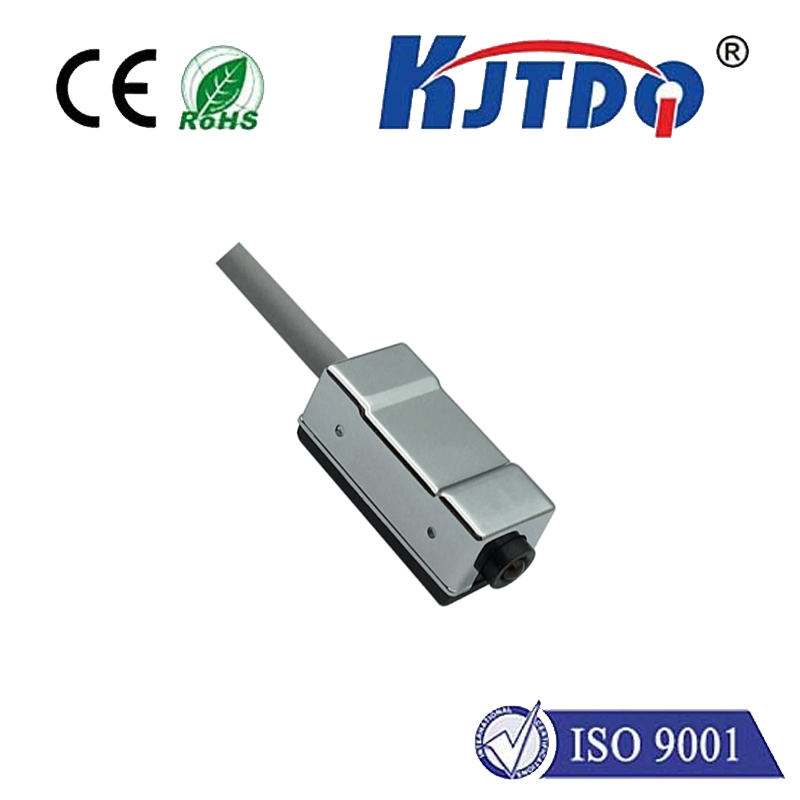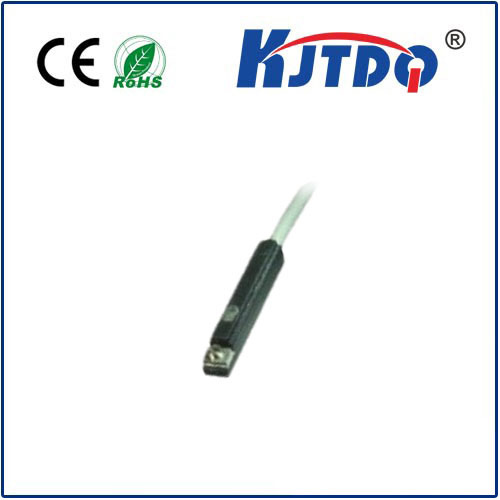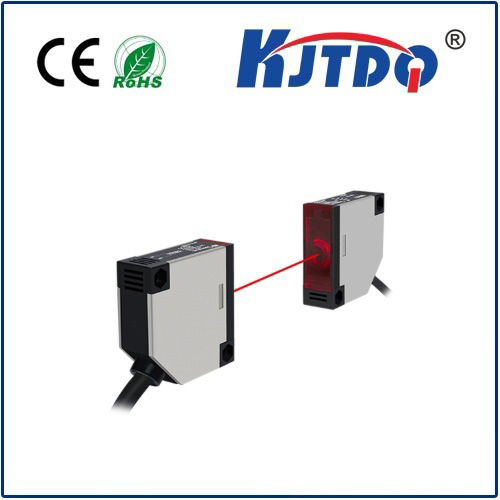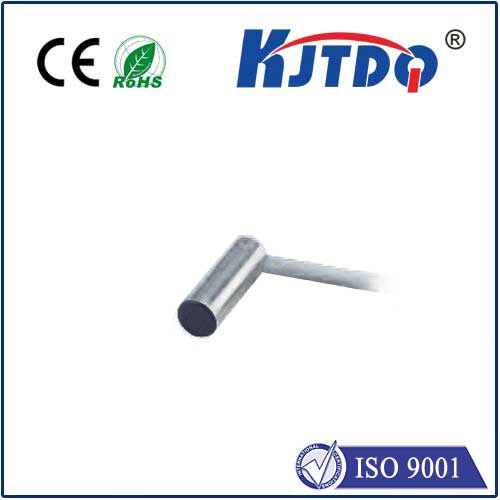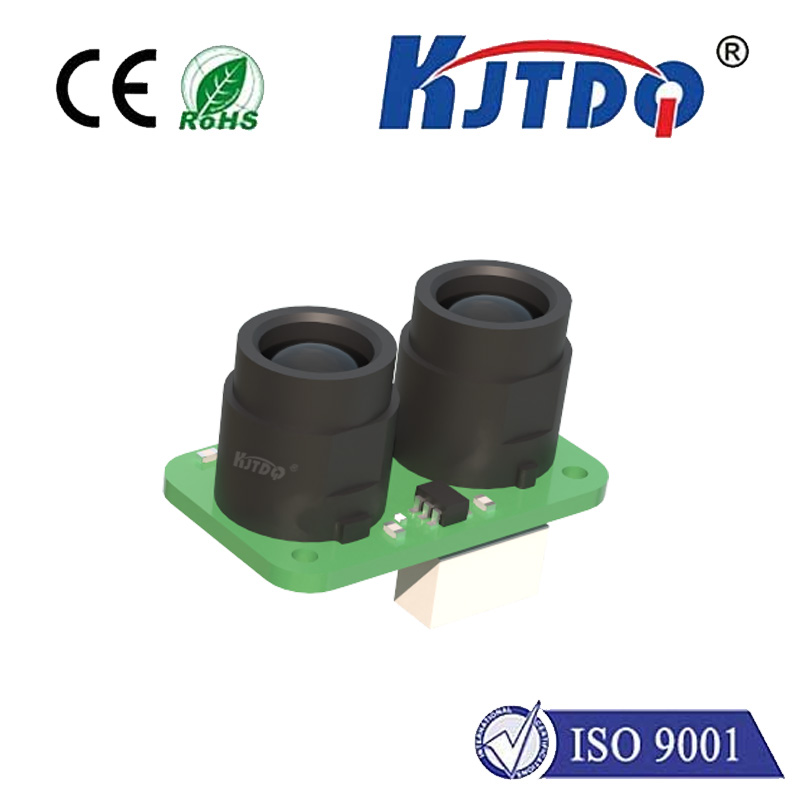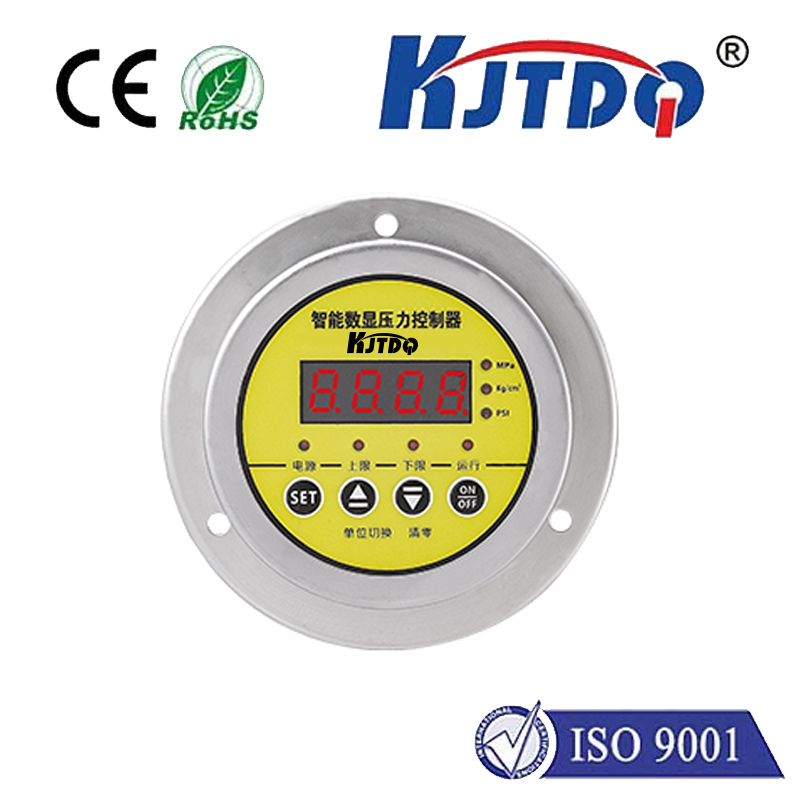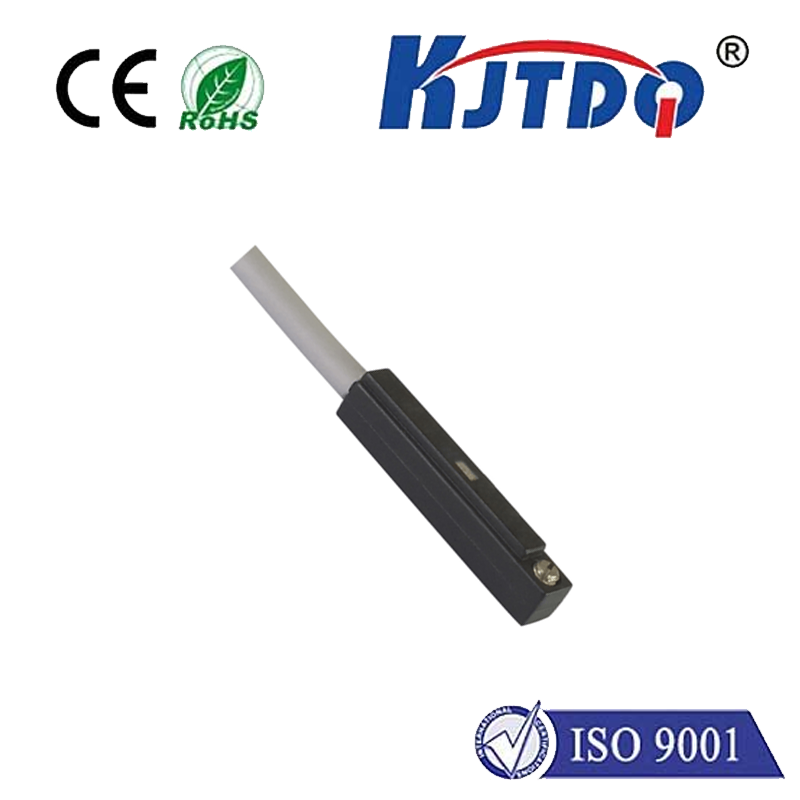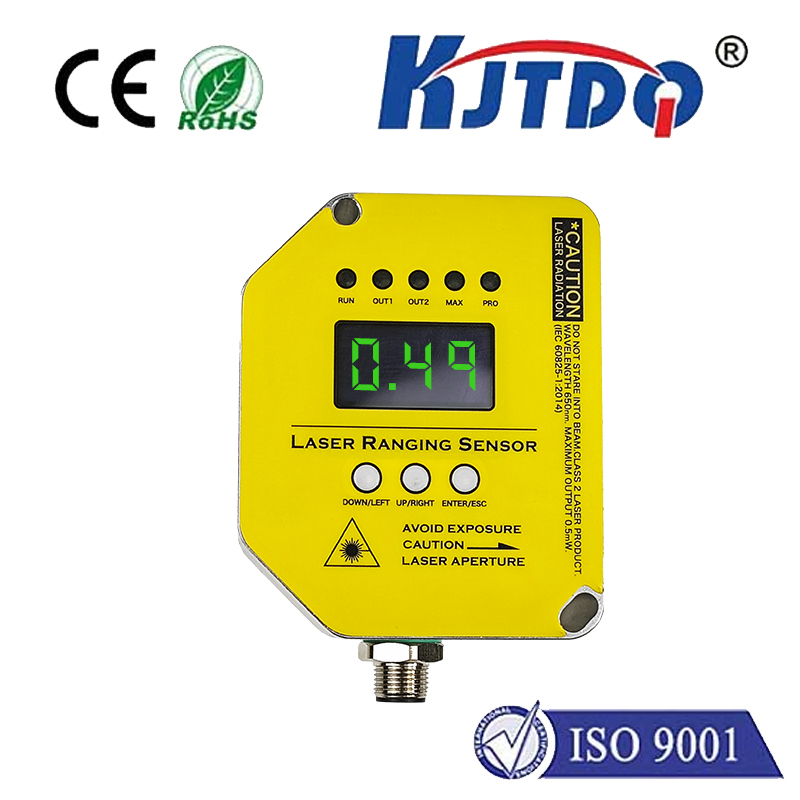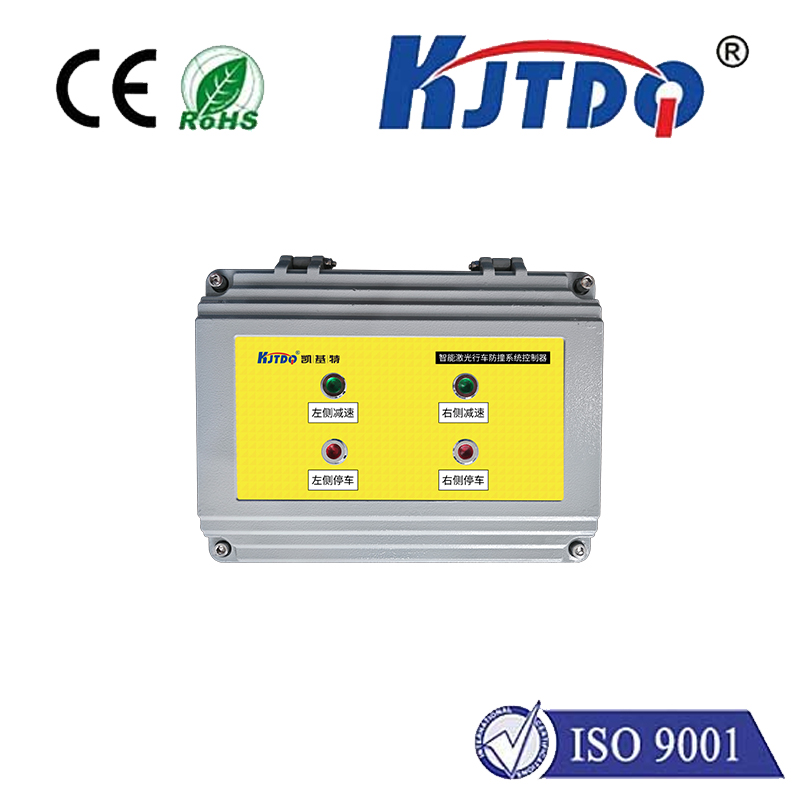chemical optical sensors
- time:2025-08-14 12:51:54
- Click:0
Illuminating the Invisible: Chemical Optical Sensors as the Eyes of Modern Analysis
Chemical Optical Sensors: Your Gateway to Light-Driven Detection
Imagine a world where light becomes our most precise informant, whispering secrets about the chemical composition of our surroundings. This isn’t science fiction; it’s the reality enabled by chemical optical sensors. These sophisticated devices act as transformative bridges, converting the subtle dance of molecules into measurable light signals that reveal the invisible. From safeguarding our environment and health to propelling industrial innovation, the ability to detect and quantify specific chemicals with speed, precision, and often non-invasively is revolutionizing countless fields. Understanding how these sensors harness light to illuminate chemical information is key to appreciating their profound impact.
The Core Principle: Light Meets Chemistry
At their heart, chemical optical sensors function on a beautifully simple yet profound concept: the interaction of light (photons) with a target chemical substance (the analyte) within a specific sensing region induces a measurable change in an optical property. This change is the crucial signal. The process typically involves several key stages:

- Recognition & Interaction: A specially designed sensing element or receptor (often embedded in or coated onto a material) selectively interacts with the target analyte. This element is the gatekeeper, ensuring specificity.
- Optical Transduction: The chemical interaction triggers a change in an optical characteristic. This is the transduction mechanism – the heart of the sensor’s function. Common measurable changes include:
- Absorbance: The analyte or the receptor changes how much light it absorbs at specific wavelengths.
- Fluorescence/Emission: The interaction induces the receptor (or sometimes the analyte itself) to absorb light and then emit light at a different, longer wavelength (Stokes shift). Changes in the intensity, wavelength, or lifetime of this emitted light are measured. Fluorescence-based sensors are particularly popular due to high sensitivity.
- Reflectance: How light reflects off the sensor surface changes due to the chemical interaction.
- Refractive Index (RI): The presence or concentration of the analyte alters the RI near the sensor surface, affecting light propagation (common in surface plasmon resonance (SPR) and waveguide sensors).
- Chemiluminescence/Bioluminescence: The chemical reaction involving the analyte directly produces light.
- Signal Detection & Processing: Optical components (like light sources - LEDs, lasers; and detectors - photodiodes, photomultiplier tubes, cameras) capture the altered light signal. Sophisticated electronics then process this raw optical data.
- Output: The processed signal is converted into a usable output, typically the concentration of the target analyte displayed digitally or transmitted for further analysis.
Key Components and Configurations
- Light Source: Provides the initial photons (e.g., LED, laser diode, halogen lamp).
- Optical Transducer: The component where the chemical-to-optical signal conversion happens. This is often an optoelectronic element combined with the chemical recognition layer. Common configurations include:
- Fiber-Optic Sensors: Light is guided through optical fibers to and from the remote sensing tip/receptor. This is incredibly versatile, enabling remote, in-situ, or even in-vivo monitoring (e.g., inside blood vessels or reactors). Fiber-optic chemical sensors (FOCS) dominate many applications.
- Planar Waveguide Sensors: Light travels along a thin film; interactions occur at the waveguide surface (e.g., SPR sensors, evanescent wave sensors).
- Optrodes (Optical Electrodes): Miniaturized sensor tips combining optics and chemistry.
- Sensing Layer/Receptor: The chemically selective layer immobilized on the transducer. This could be enzymes, antibodies, ionophores, dyes, molecularly imprinted polymers (MIPs), or nanomaterials. The specificity and sensitivity hinge critically on this layer’s design.
- Detector: Converts the modified light into an electrical signal (e.g., photodiode, CCD camera).
- Signal Processing & Readout: Electronics and software to interpret the signal and present the result.
Why Choose Optical Sensing? Key Advantages
Chemical optical sensors offer compelling benefits driving their widespread adoption:
- High Sensitivity & Selectivity: Modern designs, particularly fluorescence-based ones and those using nanomaterials, can detect analytes at incredibly low concentrations (parts per billion or even trillion).
- Immunity to Electromagnetic Interference (EMI): Using light as the signal carrier makes them highly robust in electrically noisy environments (e.g., industrial plants, near power lines), unlike electrochemical sensors.
- Real-Time and Continuous Monitoring: Many configurations provide rapid responses and can operate continuously for long-term tracking.
- Remote and Distributed Sensing: Fiber-optic technology allows measurements over long distances (kilometers) and in hazardous or inaccessible locations (toxic environments, inside pipelines, biological systems).
- Non-Destructive and Minimal Sample Preparation: Often, measurements can be made directly on samples with little or no pre-treatment, preserving the sample.
- Multiplexing Potential: Different sensors or sensing chemistries can be integrated onto a single optical platform (e.g., fiber bundle, microarray) to detect multiple analytes simultaneously.
- Miniaturization and Portability: Advances enable handheld, field-deployable devices for point-of-care diagnostics or on-site environmental monitoring. Miniaturization paves the way for lab-on-a-chip (LOC) integration.
- Visualization Capabilities: Some sensors (e.g., colorimetric) provide simple visual outputs, while imaging techniques allow spatial mapping of analytes.
Lighting Up Diverse Applications
The versatility of chemical optical sensors translates into an astonishing range of applications:
- Environmental Monitoring: Detecting pollutants (heavy metals, pesticides, nutrients, gases like CO2, CH4, O2) in air, water, and soil with remote or deployable sensors. Real-time tracking of industrial emissions or groundwater contamination.
- Biomedical Diagnostics & Healthcare: Vital signs monitoring (blood O2 via pulse oximetry), continuous glucose monitoring (CGM), blood gas analysis, detection of biomarkers for diseases (cancer, infections), drug discovery, and in-vivo sensing using biocompatible fiber probes. Point-of-care testing (POCT) devices rely heavily on optical sensing principles.
- Industrial Process Control: Monitoring critical parameters (pH, dissolved oxygen, ions, contaminants) in chemical production, fermentation, food & beverage processing, and pharmaceutical manufacturing for quality assurance and optimization.
- Food Safety & Quality: Detection of pathogens, spoilage indicators, toxins (e.g., aflatoxins), additives, and freshness markers.
- Security & Defense: Sensing explosives, chemical warfare agents, and toxic industrial chemicals.
- Marine and Oceanography: Profiling dissolved gases, nutrients, pH, and pollutants in oceans and lakes, often via autonomous platforms.
- Research & Development: Essential tools in chemistry, biochemistry, material science, and pharmacology for fundamental studies of molecular interactions and reaction kinetics.
The Evolving Landscape and Future Perspectives
The field of chemical optical sensors is dynamic, driven by continuous innovation:
- Advanced Materials: Exploiting nanomaterials (quantum dots, graphene, metal-organic frameworks - MOFs) for enhanced sensitivity, stability, and novel sensing mechanisms.
- Enhanced Selectivity: Development of novel synthetic receptors like molecularly imprinted polymers (MIPs) and aptamers with high affinity for specific targets.
- Lab-on-a-Chip (LOC) & Microfluidics: Integrating complex sensor arrays and sample handling onto miniaturized platforms for portable, automated analysis.
- Smart Sensors & IoT Integration: Embedding intelligence for self-calibration, drift correction, and wireless data transmission within the Internet of Things (IoT) ecosystem for real-time decision-making.
*












